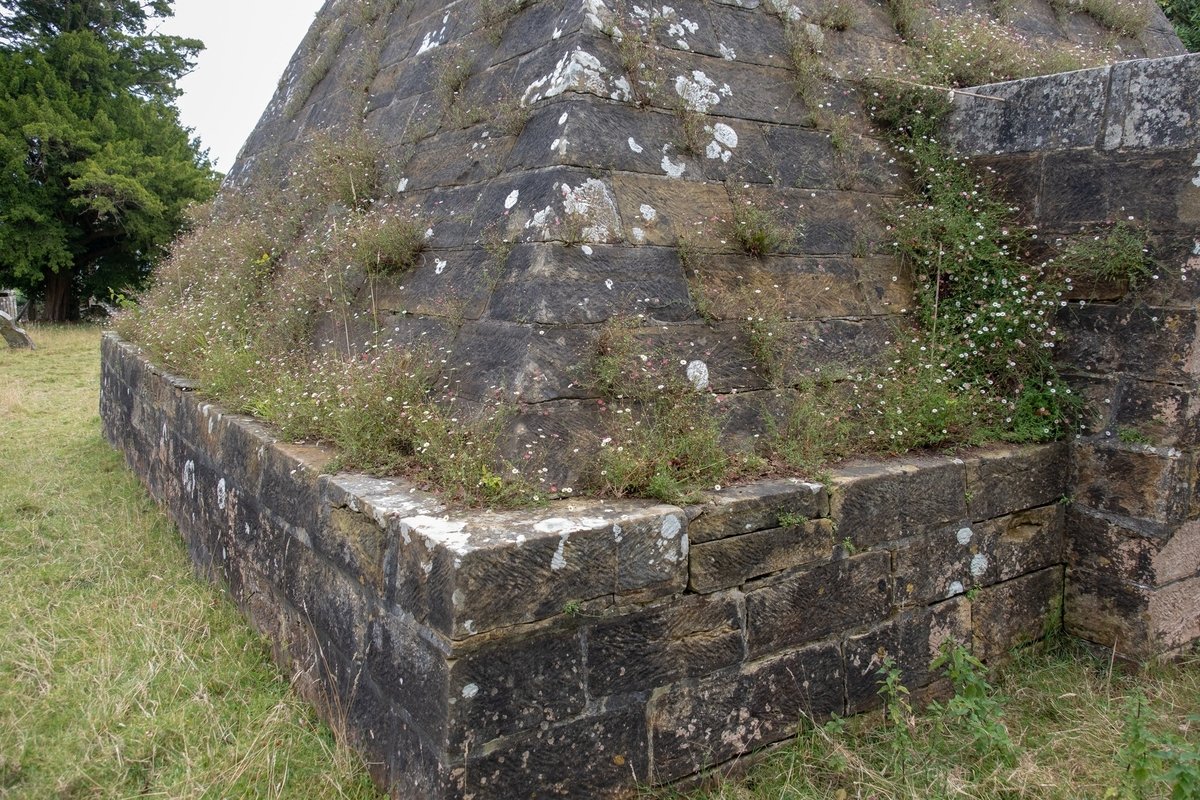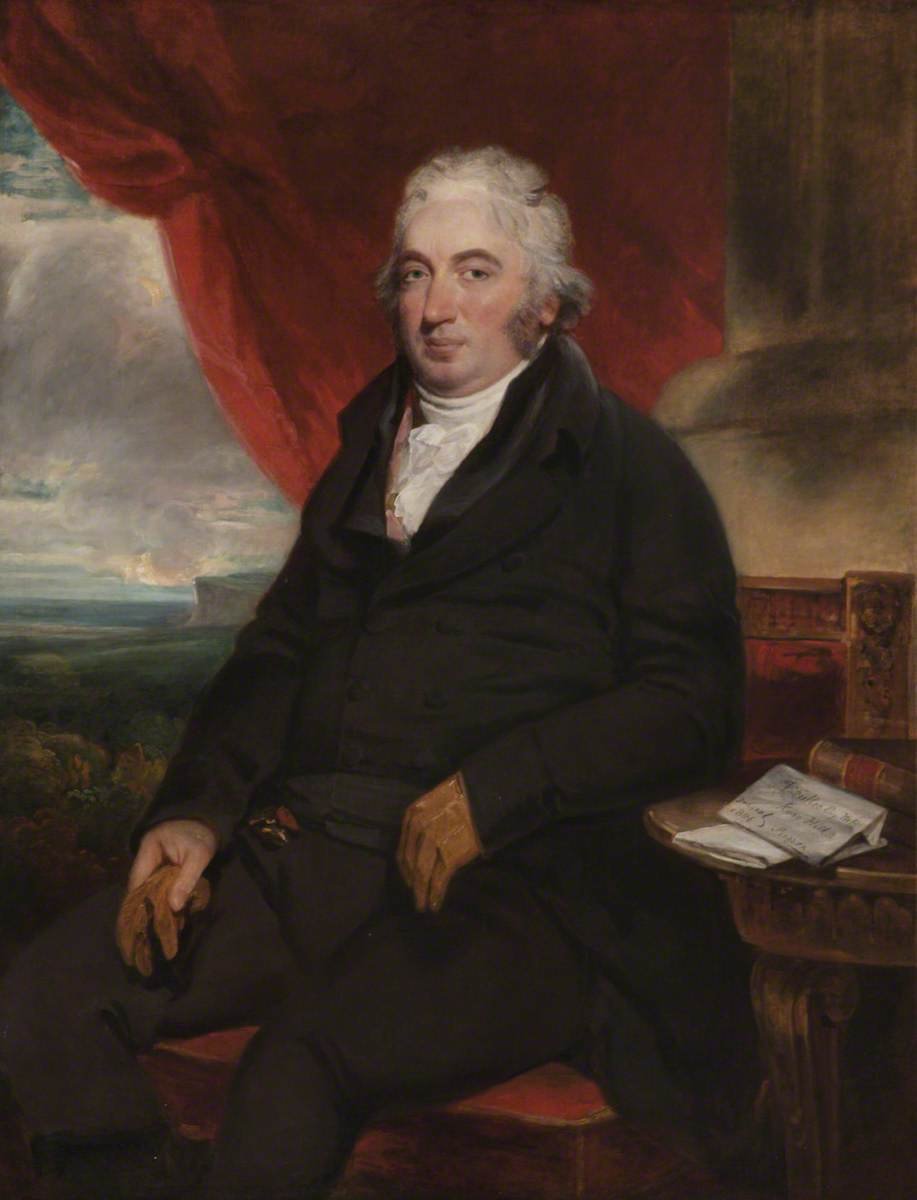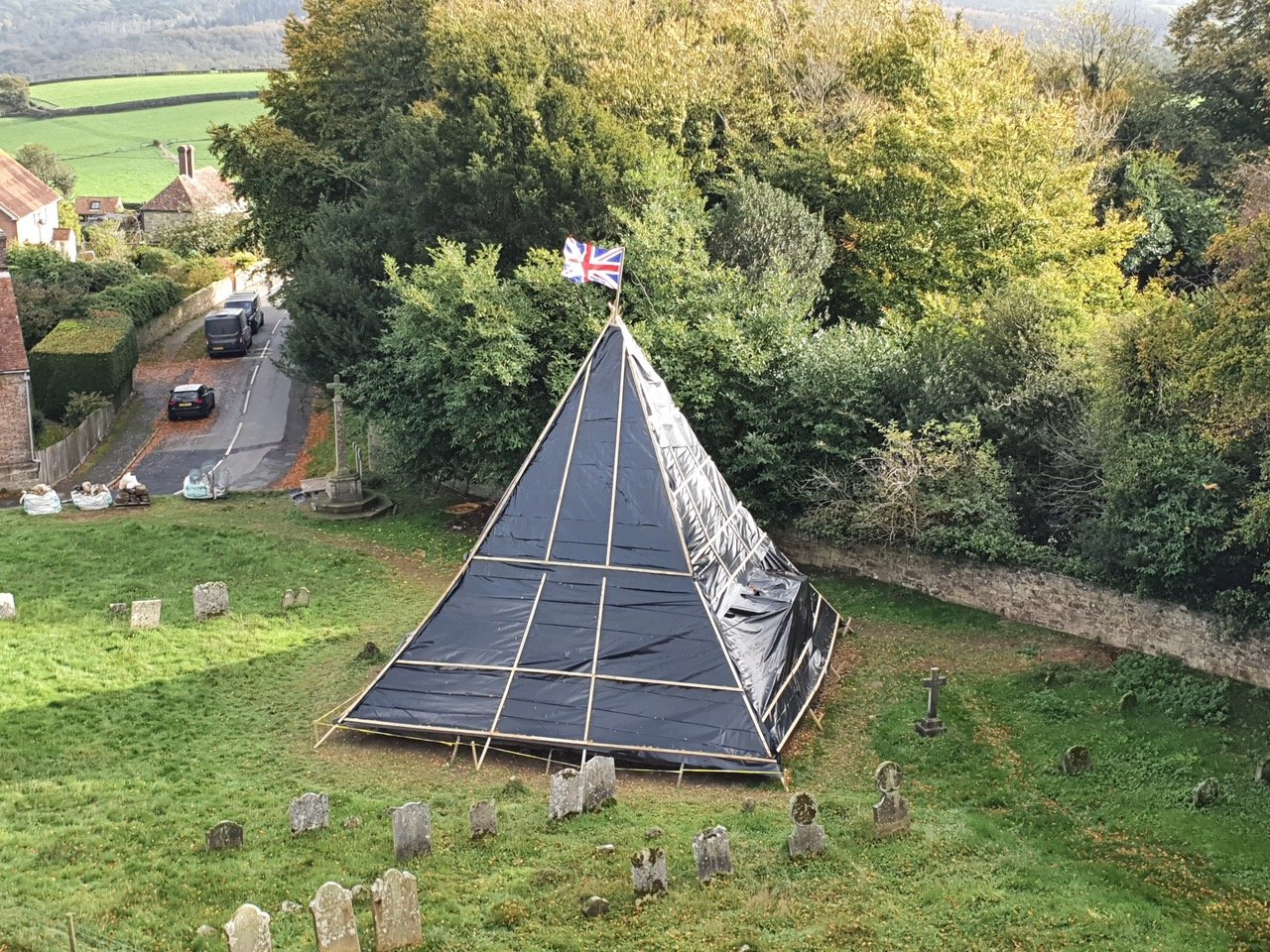Brightling Museum: pyramid to Heaven
At the heart of the village of Brightling in East Sussex is a sandstone pyramid. Neither church tower nor folly, this pyramid is a mausoleum built in 1811 in the churchyard of St Thomas à Becket to ensure the immortality of Jack Fuller of Brightling Park. Two centuries on, and the stonework of this appealing landmark was in poor repair until Brightling resident, Jane Beard, launched a fundraising campaign to save it. Distributing a pyramid-shaped money box to local residents elicited a strong response and, unexpectedly, one substantial donation. The Historic Houses Foundation was then able to offer a grant which would allow the village to employ a skilled local builder to restore its iconic monument.
Rich in the Regency
The resident of the mausoleum, Jack Fuller of Brightling Park (1756-1834), is the sort of Regency gent a small rural village should remember. His nicknames “Honest Jack” and “Mad Jack” hint at his colourful character. The novelist Fanny Burney met him in Brighton in 1779, “He is a Young man of a very large Fortune, remarkably handsome, and very gay, sensible, unaffected and agreeable.” The family fortunes were founded on the Wealden iron industry, making armaments for the Tudor and Stuart monarchy from locally mined and smelted iron ore. When the sugar plantation fortunes of Jack’s great aunt, Elizabeth Rose, were brought to the family in 1703, his inheritance , though generous, was tainted by the fact that he now ‘owned’ over 300 enslaved people.
A Man of Character
Inheriting young, at 20, Jack employed other promising young men. It was Robert Smirke, a young architect passionate about the Greek Revival, who improved his house and embellished his landscaped park with follies as eyecatchers, of which the Mausoleum is just one. Smirke would go on to design the British Museum and several important London churches and country houses. Meanwhile, Jack Fuller commissioned a series of watercolour views of his new house and park from another young artist, J M W Turner.
“God damn me Sir, I have as much right to be heard as any man”
When he took his parliamentary seat he proved an archetypal old school Tory, with a reputation for drinking and strong opinions. His House of Commons career took a dive in 1810 when the Speaker (whom he had described as “the insignificant little fellow in the wig”) put him in custody for swearing during a debate. His obituary claims that when Prime Minister Pitt offered him a peerage he declared “I was born Jack Fuller and Jack Fuller I will die”.
Philanthropist, Enslaver and Rogue
This egalitarian stance is offset by the fact that he was, of course, a fierce anti-abolitionist, maintaining that his West Indian slaves lived better lives than the poor of his home country.
He knew something of the conditions of the poor having stepped up his building works to provide jobs, when severe unemployment benighted the countryside after the end of the Napoleonic Wars. Apart from his folly building, he commissioned a four-foot-high, four-mile-long wall around his estate at the cost of over £10,000. In later life, Jack Fuller purchased the romantic ruin of Bodiam Castle to prevent its dismantlement and decay. He spent considerable sums restoring and stabilising the ruin apparently watching the work from another of his follies, the Tower.
Plenty of stories have grown up around Mad Jack. The Sugar Loaf folly was supposedly flung up when Jack rashly bet with a friend that he could see the spire of Dallington church from his windows. He couldn’t but he could soon see the folly - suspiciously similar to the spire of St Giles, Dallington. The Mausoleum was long supposed to contain the body of Jack Fuller upright and fully dressed in a top hat with a roast chicken and a bottle of claret but this was disproved when his remains were discovered traditionally buried beneath the monument in 1982. Instead, this legend belongs to Sir James Tilley of Pentillie House in Cornwall.
Local landmark restored
Jane Beard’s campaign took five years but by summer 2023, the Mausoleum was saved. The Historic Houses Foundation had been quick to agree funding despite the confused ownership of the building. Outside the modern curtilage of the park, it did not belong to today’s owner of Brightling Park, nor to childless Jack Fuller’s distant descendants, nor could the Church of England take responsibility. Consultations with various interested bodies from English Heritage and the Georgian Group to the Diocese of Chichester brough the biggest delay on top of Covid lockdown. Once started, the work to replace degraded lime mortar and stonework repairs moved apace. Now the village have only to plan a celebration worthy of irascible Jack Fuller, patron of the arts, slave owner, philanthropist and bon-viveur. Perhaps, as the Pharaohs believed, the construction of a pyramid does convey a little immortality after all.




